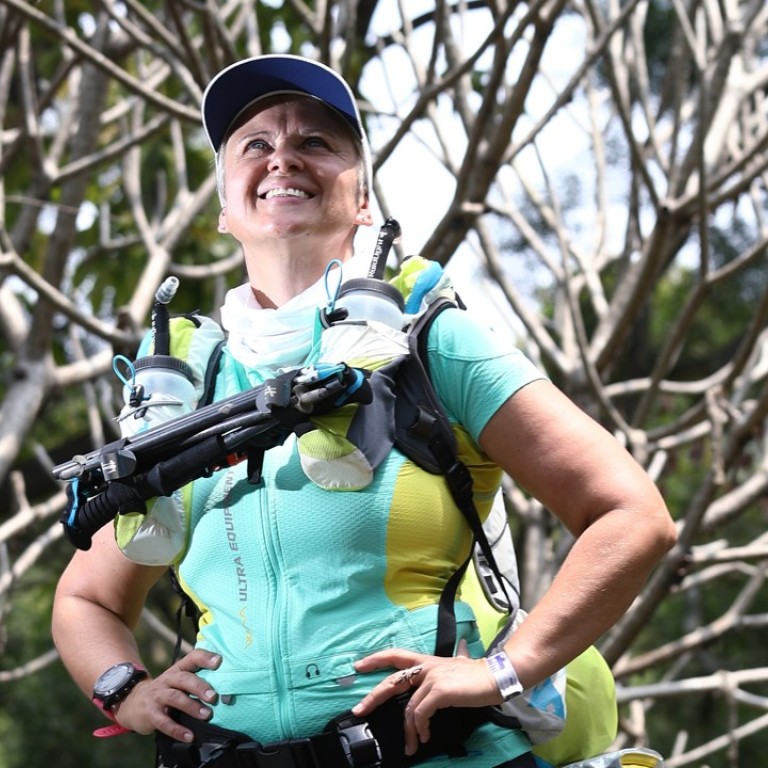
Trail runner’s 50th birthday treat: tackling 251km Sahara Desert race the Marathon des Sables
Three days into the ‘toughest foot race on earth’, Hong Kong’s Karin Holzschuher faces scorching heat and venomous snakes during the day and freezing temperatures at night as she celebrates a milestone birthday her way
For her 50th birthday, popular Hong Kong trail runner Karin Holzschuher arranged a “big gift” for herself: she is among the 977 participants in the Marathon des Sables six-day multistage 251-kilometre race through the Moroccan Sahara. The race kicked off on April 9.
“They say it’s the toughest foot race on earth. I say OK, why not?,” she says. “I signed up for it last May, and since then, my life has been centred around it. My flat in Shenzhen looks like an outdoor gear shop: food, gear, gaiters, shoes with Velcro, backpack … I have tried so many things over the past few months.”
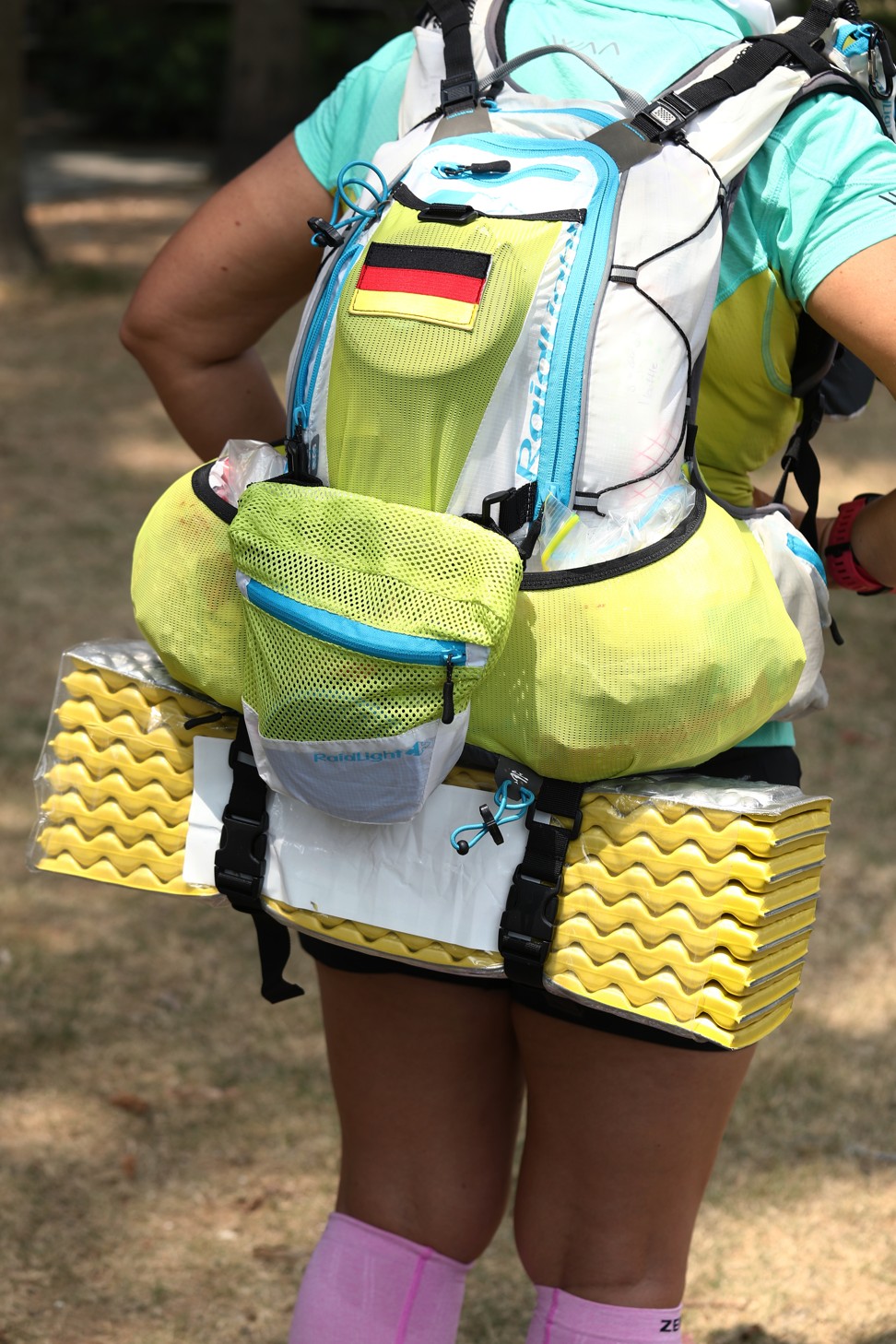

For this experience, participants paid €3,100 (US$3,831)to cover bus transfers, water throughout the race, technical support, medical help and a medal, T-shirt and certificate for finishers. They also paid for their own flights.
How Hong Kong runner in Ultra Gobi race, Samantha Chan, is preparing for gruelling non-stop 400km desert challenge
On April 9 (day one), they ran 30.3km; day two, 39km; day three, 31.6km; and day four – Holzschuher’s birthday, 86.2km. A look at the online tracking system showed she had traipsed 58.9km through a blinding sandstorm in 16½ hours and was still on the move. Twenty-three participants had dropped out during this Herculean stretch. Over the next two days, racers who survive this will face a marathon (42.2km) on day five, and a friendly 7.7km run on day six.
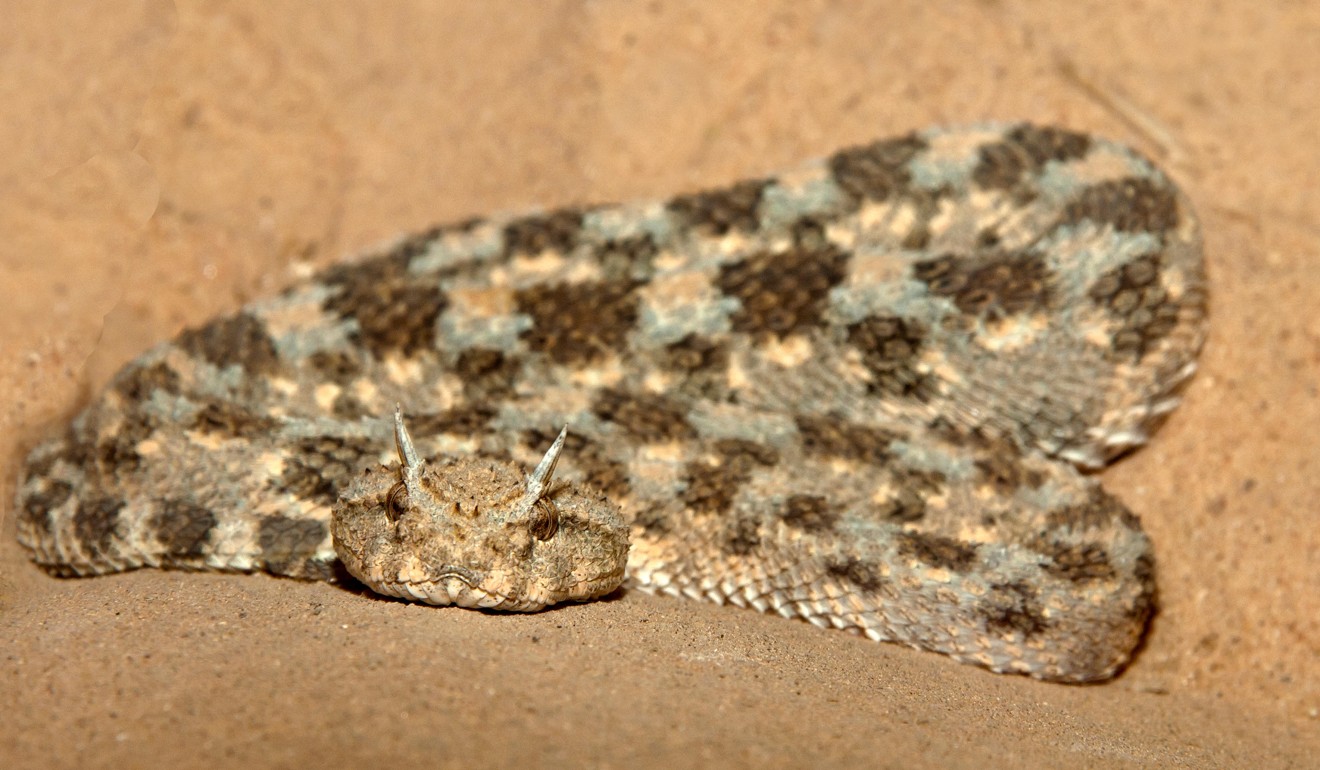
They say it’s the toughest foot race on earth. I say OK, why not?
“They provide water, but if you want hot water, you need to bring a cooker with you. Some people just put the water in a bag, and leave it in the sun and it will get warm, but not hot,” she says.
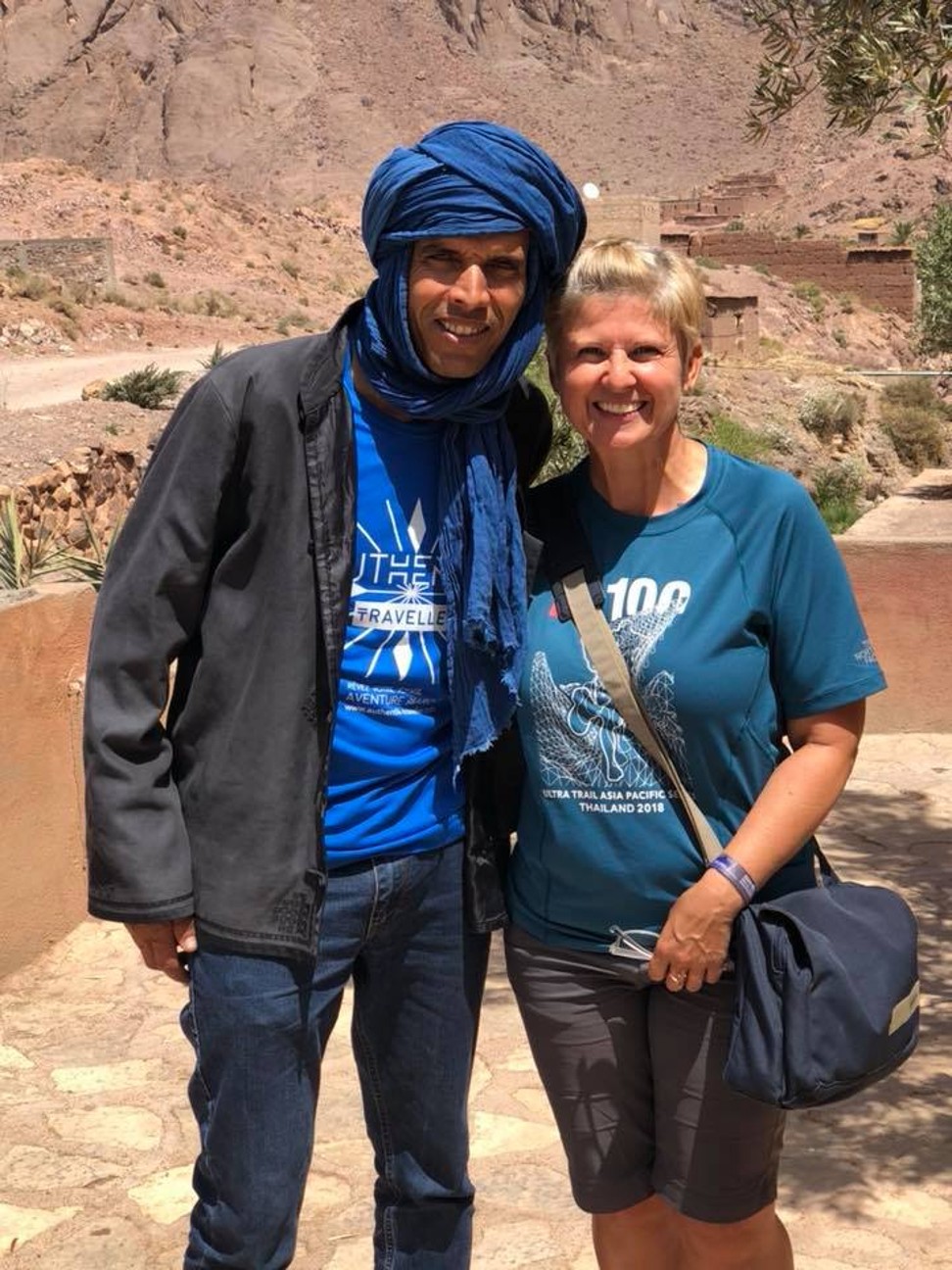
“I will bring poles,” she says. She had been following a Facebook group discussion ahead of the event to gauge her needs. “Some say you don’t need poles, some say they would not go without them.”
Could a hiking pole ban protect Hong Kong’s country park trails, some of them rapidly eroding?
For months leading up to the desert starting line, Holzschuher has divided her time between her long-standing job in quality control for a German distributor of toys, gifts and stationery, and spending every free minute “just running, preparing myself mentally for that run.” Based in Shenzhen for the last 14 years, she regularly joins running events across the boundary in Hong Kong. She flies frequently around Asia for work, and plans her trips to coincide with a weekend race.
Improbably, stubbing out a bad habit led her to catch the running bug 10 years ago. On a 10-day Ayurvedic retreat in Sri Lanka, she was told she would have to go off the premises to smoke a cigarette. “There were wild dogs and I don’t know what else outside the gate, so I decided, OK, I quit! I went cold turkey.”
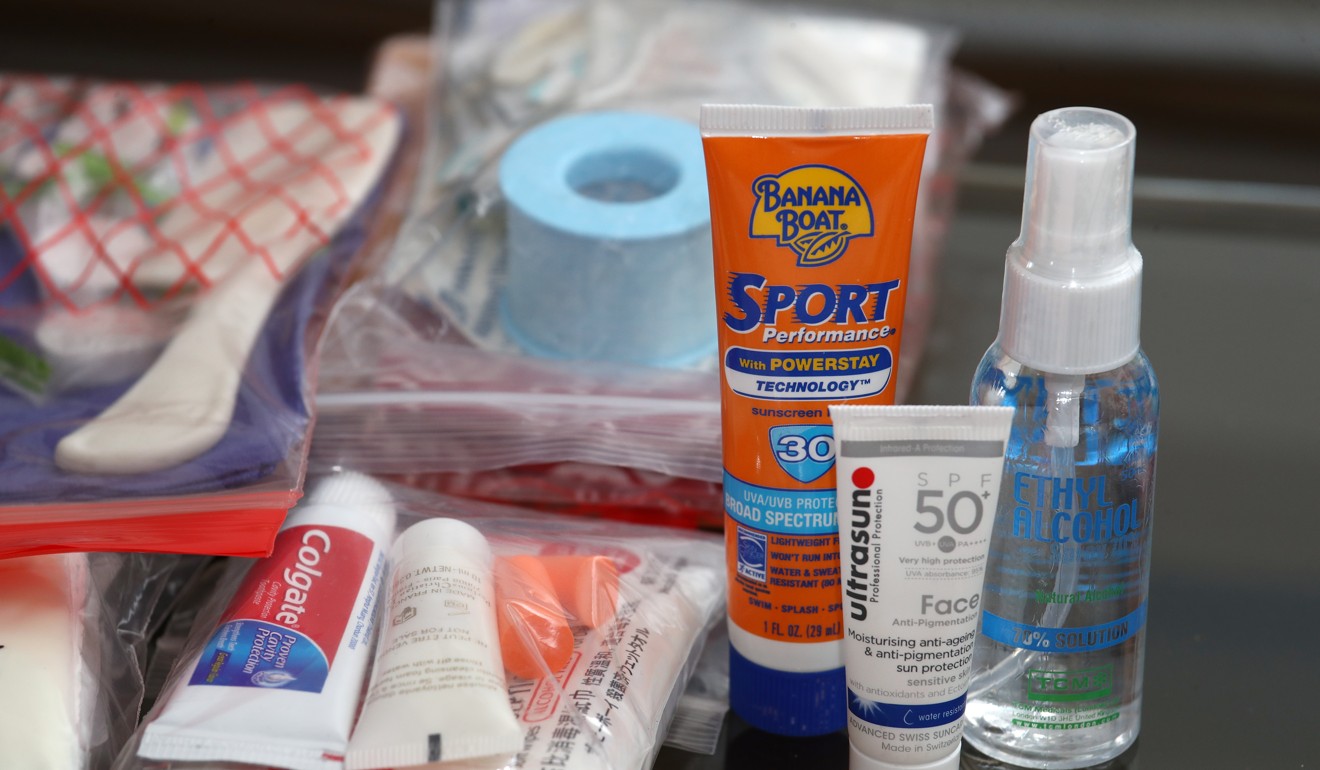
The first day she tried it wasn’t the easiest: “I ran about 100 metres and I thought I was going to die,” she says. “The next day, I ran again … From one day to the next, starting with a few hundred metres, a few kilometres, I accumulated distance.”
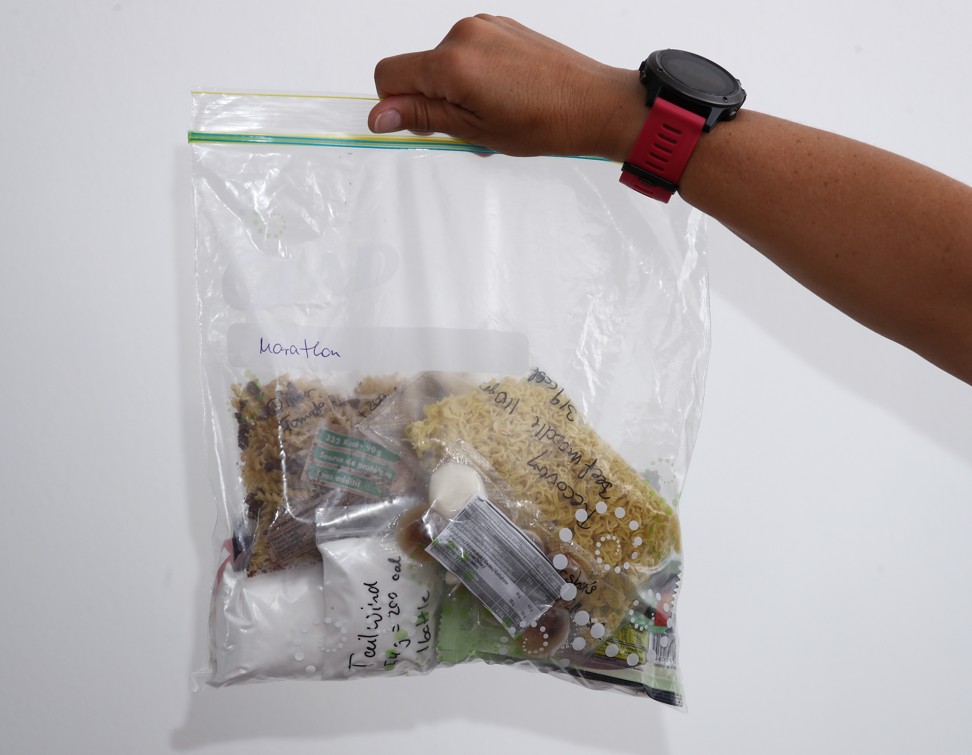
She finished that race in four hours 48 minutes and was hooked. “I really absorbed the atmosphere, the people around me.”

The easiest thing to do is running. Nature is open 24 hours a day, I just need a pair of shoes
“Winning is not my target. For some runs, I want to beat my time from the previous year, or I want to finish in less than 4½ hours,” she says, adding she just wants to get out and have fun without thinking or planning too much.
“Some of the runs are also like sightseeing. You see fantastic things, like here, in the Hong Kong marathon, you cross all those bridges which you usually only cross in a car or a bus, and suddenly, you see, ‘Wow! It’s a great view from here.’ Why should I run this in 2½ hours and not see anything around me? I’m not the fastest, so I have time. If it takes me five hours to finish a marathon, then it takes five hours. But I can cross the finishing line, and say, ‘Hey! I had a good time out there! I enjoyed what I did today!”
Smiling can improve running: how to make it genuine, such as thinking happy thoughts or listening to something upbeat
This peripatetic runner has run races in China, Thailand, the US, Philippines, Indonesia, Malaysia, Taiwan, Germany, Australia, Japan and more. She now enters about two a month, and has sought treatment to relieve aches and pains from not giving her body enough time to recover.
“I’m now suffering a bit because of it,” she says, adding that a chiropractic is helping with stiffness in her iliotibial band. She also had fluid removed from her knees just before she flew to Morocco.
“I have had a lot of pain in the past year, especially in Hong Kong, going down the stairs, it’s steep. And the ground here, the soil is very hard, it’s like concrete. When you run in other places, like Japan, Germany, Taiwan, the ground is much softer, from the needles from the trees, they make the ground softer. In some places, like Taiwan, it’s really like you’re walking on clouds.”
We wonder how she will describe her desert storm trek when that journey ends.
Holzschuher reveals her favourite events – and what makes them special

Ultra-Trail Mount Fuji/ Shizuoka to Yamanashi, Japan, 92km
ultratrailmtfuji.com/en/
The race takes place in the foothills and runners often have a clear view of the mountain they are running around, with gorgeous scenery.
“The atmosphere, the organisation, and the volunteers in Japan are just amazing. They are so supportive, so kind, so friendly, they welcome you with such a warm feeling that you don’t want to leave,” she says. “They have special food when you come to checkpoints, food which is from that village, that area, some special rice dish, they really make a big effort on food and support.”

Hong Kong 100 Ultra Trail Race, 100km
hk100-ultra.com
Having done this race six times, the fastest in 22 hours 25 minutes, Holzschuher says organisers Steve Brammar and Janet Ng “do a brilliant job of organising the volunteers,” creating a spectacular atmosphere. “They are encouraging you, they prepare food, they spend hours there at the checkpoints, cooking tea or making sandwiches … You feel you are welcome there. Runners, other people give you the feeling that you are family. You don’t know each other, but you are like family. You have the same hobby, the same passion.”
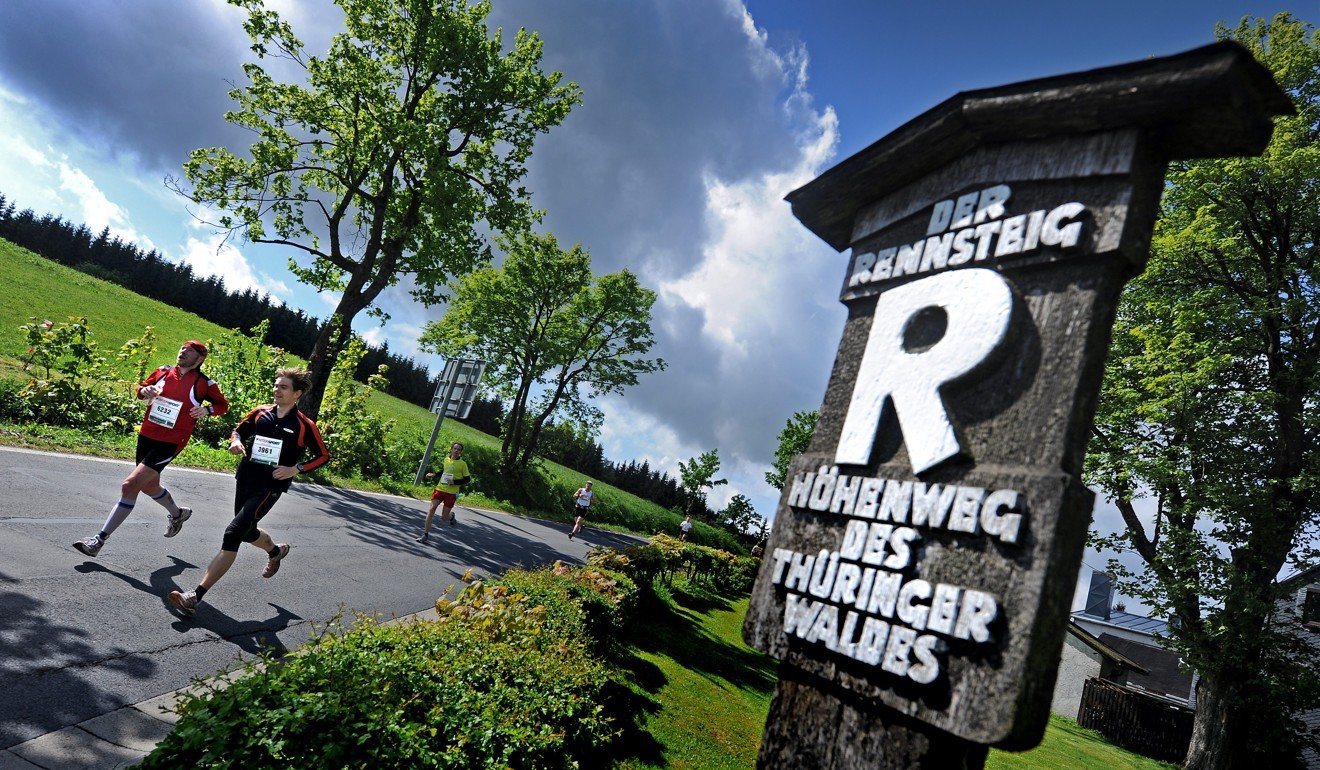
GutsMuths-Rennsteiglauf, Germany, 72.7km
rennsteiglauf.de/en
“I need to mention my own country,” she says, noting she has run this race three times. “It’s like a running carnival. They outsource the checkpoints. You don’t need to bring any mandatory gear, you don’t need to bring a backpack, or food, or anything. You just can go in your running clothes and run.” Instead of energy bars or gels, they lay on home-made food, sandwiches, cakes – and even beer at the last checkpoint before the finish.
“They have music playing along the run … You have bands playing along the way … They have a guy who is counting every female who passes him. ‘Now 178 is coming. Now 179 is coming.’ If he had to count the men, he would get confused because there are too many.”

